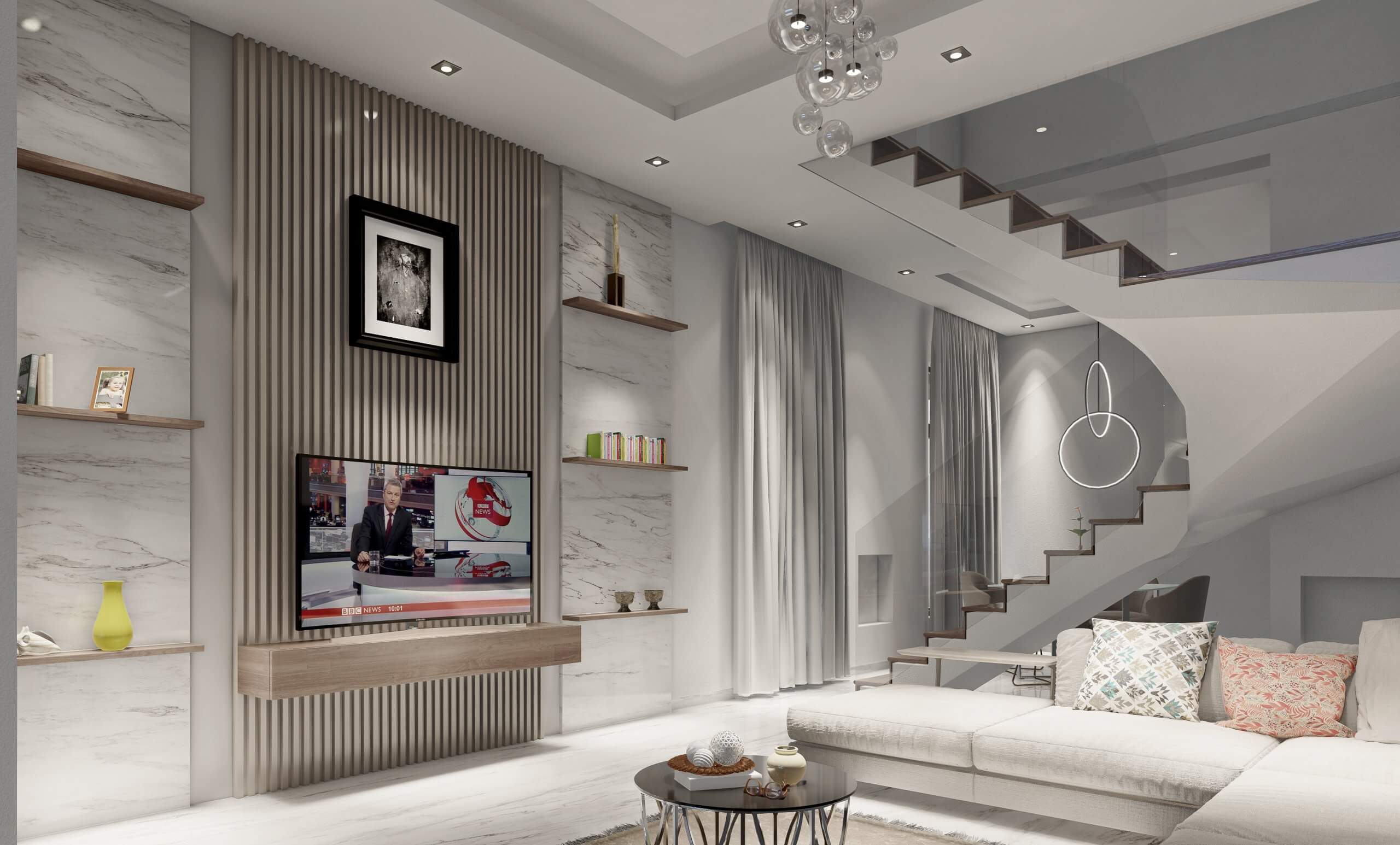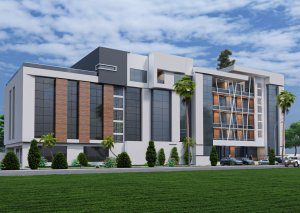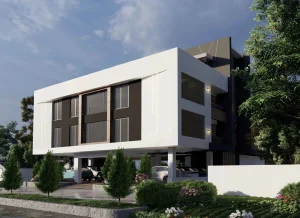We understand how overwhelming it can be to stand in a showroom and try to decide what flooring to choose.
Once you select the materials and the design for your flooring, there is no going back. The flooring will stay in your new home for at least a few years if not decades. You don’t change your flooring at the same rate that you change your smartphone.
In this article, we have put together 5 top flooring types, their pros and cons and how best to combine them for maximum functionality in your new build
- Hardwood Flooring
There’s a reason you find so many hardwood floors in historical homes. Hardwood is a timeless classic that excels at providing both style and durability while helping to keep your home’s resale value heading in the right direction. With a wide variety of woods, patterns and stains to choose from, hardwood is not as visually limiting as many new home owners might imagine.
Oak, maple and cherry are some of the most popular hardwoods on the market today as they are prized for their looks, grain patterns and durability. If you’re constrained by a limited budget, you might consider more exotic woods such as teak, mahogany and Brazilian cherry.
Engineered Hardwood Flooring
Another option is engineered wood, a hardwood variant that’s growing in popularity and is created by bonding together several layers of hardwood in a cross-ply manner.
It is a little more resistant to humidity and temperature changes than pure hardwood, which makes it a more ideal choice for kitchens, laundry rooms or basements that get excessive moisture. Engineered woods are not as easy to repair as traditional hardwoods should damage occur.
Pros of Hardwood Floors
- Hardwood flooring is available in many different textures and styles, allowing you to create everything from a bright contemporary look all the way to a rustic antique theme simply by the type of wood and patterns selected.
- Hardwood, particularly harder varieties, is an ideal choice for higher traffic areas that demand flooring durability, especially important if you have kids or pets, who will put your flooring surface to the test.
- If you have an exact color or tint in mind, you can choose unfinished wood that can be custom stained. Hardwood floors also can be laid out in different patterns such as thin strips, wider planks and even formal parquet style squares.
Cons of Hardwood Floors
- Hardwood flooring is not the best choice for rooms that are excessively humid or get a lot of moisture such as bathrooms, laundry rooms or basements. Installing wood floors in a room with too much humidity may cause the wood planks to start to buckle, cup, curl, or crown. All of these will cause damage which will require you to replace the floors.
- It may not be the most cost-effective flooring choice for new homeowner on a budget. Out of all the types of flooring available, hardwood is going to be on the higher end. Additionally, if you install softer wood varieties, it may require more periodic sanding and refinishing to remove scratches and minor dings.
- Laminate Flooring
Laminate consists of four layers of melamine-based materials (from the plastics family) fused into one. One of these four layers is a detailed high-resolution image of the surface the laminate was designed to mimic. In this way, laminate offers a wide range of visual options such as hardwood, tile and stone. Laminate is extremely durable and, depending on the type selected, is suitable for use in all rooms.
Pros of Laminate Floors
- Laminate flooring is a designer’s dream as its ability to accurately mimic a large variety or materials, textures and surfaces allows a new homeowner to create or match almost any desired design theme.
- It is also one of the most cost-effective flooring options compared to other materials.
- Laminate is durable and, unlike hardwood, offers variants that can be installed in rooms with high humidity or exposure to water sources such as kitchens and bathrooms.
- Not easily stained, most laminates clean up quickly with periodic sweeping and vacuuming or the touch of a damp mop.
Cons of Laminate Floors
- Laminate can produce an unnatural hollow sound when walked on and the use of a specialized underlayment is required during installation to combat this issue and serve as a moisture barrier.
- If damaged, sections may need to be completely removed and replaced as sanding and resurfacing the area is not an option.
- Vinyl Flooring
Thanks to cost-effective pricing, durability and ease of maintenance, vinyl is one of the most popular flooring choices on the market today especially for high-traffic rooms or areas exposed to excessive moisture. Unlike in years past, vinyl can now visually mimic a large variety of surfaces making it a popular choice with designers on a budget.
Pros of Vinyl Floors
- Vinyl can be purchased in sheets, tiles or planks, offering homeowners more visual options than ever before while keeping installation requirements to a minimum compared to other surfaces.
- Various shades of matte or gloss finishes are available for even more design options. Vinyl can help to acoustically soften a room compared to hardwood, laminate or tile.
- It provides a soft surface to walk on, which makes it ideal for rooms such as kitchens where longer durations of standing may be required. The soft cushioning surface also helps keep dropped dishes and glasses from breaking.
- Properly prepared, vinyl can be installed over almost any flat and dry surface making it a very adaptable flooring option.
- It be cleaned in a variety of ways and no longer requires waxing as it did when initially introduced.
- Thanks to its ability to repel moisture, vinyl is an ideal choice for bathrooms, kitchens and humid basements.
Cons of Vinyl Floors
- Even higher end vinyl surfaces will not be able to completely visually mimic other materials as well as other options such as laminate.
- Vinyl exposed to long periods of direct sunlight may fade over the years. Damaged areas will need to be removed and replaced, and it’s not always the best choice for homeowners concerned with resale value.
- Tile Flooring
No longer relegated to just kitchens and bathrooms, tile is quickly becoming a popular flooring option for the entire home thanks to its durability, elegance and ability to be cut and shaped into custom patterns. Tile is ideal for high moisture environments and perfect for heavy traffic areas.
Pros of Tile Floors
- Basically available in ceramic, porcelain and natural stone, tile offers more visual design options than ever before.
- Flooring tiles can be custom cut and installed in various configurations and are available with completely smooth and highly textured rustic surfaces, and all variations in between.
- The grout can also provide a visual element with various colors and shades available.
- Extremely durable and water resistant, tile is a great flooring choice for high-traffic areas and for kitchens and bathrooms.
Cons of Tile Floors
- Grout lines in between tiles are prone to staining and can be challenging to keep clean.
- Broken tiles may be hard to repair and may need complete replacement.
- Tile does not absorb sound well and can contribute to acoustically louder rooms.
- Tile surfaces are cold and hard, making them a challenge to stand on for longer periods of time.
- Glasses and dishes break more easily when dropped on tile flooring.
- Carpeting
With so many styles, colors and patterns to choose from, it’s no mystery why carpeting remains one of the most popular flooring options for many new homeowners. In addition to being one of the most comfortable flooring surfaces to walk and stand on, carpeting also excels at helping to insulate a room as carpet fibers are able to retain heat. Carpeting can help to quiet a loud room by absorbing sound.
Pros of Carpet Floors
- Carpet is made from either natural or manufactured fibers. The most common natural fiber is wool, which offers a luxurious appearance while helping to repel allergens with its natural hypoallergenic properties.
- The majority of wall-to-wall carpets consist of manufactured fibers to provide more durability. The most common manufactured fibers offered today include nylon, polyester and polypropylene/olefin. Nylon fiber offers durability, stain protection properties and ease of maintenance. Polyester shares many of the same positive attributes as nylon and is a good choice for homeowners concerned with trapping allergens thanks to its hypoallergenic properties.
- A carpet’s top surface is referred to as “pile,” which consists of loops which can either be cut or uncut. With so many different pile options, homeowners should have little problem selecting the correct thickness and visual style they are seeking.
- Thanks to its ability to help dampen and absorb sound waves, carpet is an ideal choice for rooms battling audio issues such as echoing or amplified noise due to cathedral ceilings or concrete countertops.
- Carpet installed in high-traffic areas should have more durable fibers pre-treated with stain-resistant chemicals that will allow them to be more easily cleaned and maintained.
- Compared to other more permanent flooring surfaces, carpeting is relatively easy to remove and replace should the need or desire arise.
Cons of Carpet Floors
- Not all carpet fibers are created equally when it comes to longevity, stain resistance and ease of maintenance. As such, be sure to match the correct type of carpet fiber with the natural traffic volume of your home.
- Carpeting can be more challenging to keep clean than other flooring choices and may require more extensive cleaning measures such as steam-cleaning treatments.
- Some carpeting still contains volatile organic compounds (VOCs), which may be released into the air especially during installation. Be sure to research the VOC makeup of a potential carpeting type prior to purchase if you are sensitive to airborne allergens and pollutants.
Best Flooring Combination Ideas
It’s important to always balance your desired visual design theme with the intended use of a given living area to ensure you select the correct flooring material for your lifestyle. Try to avoid selecting flooring materials simply by the visual styles they offer, and don’t be afraid to mix and match depending on the room, as it is rare that one flooring material is appropriate for the entire home. A large area rug or carpet over a wood floor is classic design theme and a great way to warm up a room while helping to deaden the sound when needed. For high-traffic areas, select flooring options that don’t need constant cleaning or frequent replacement. Choose water-resistant materials when selecting flooring for high-moisture areas, such as kitchens and bathrooms.




